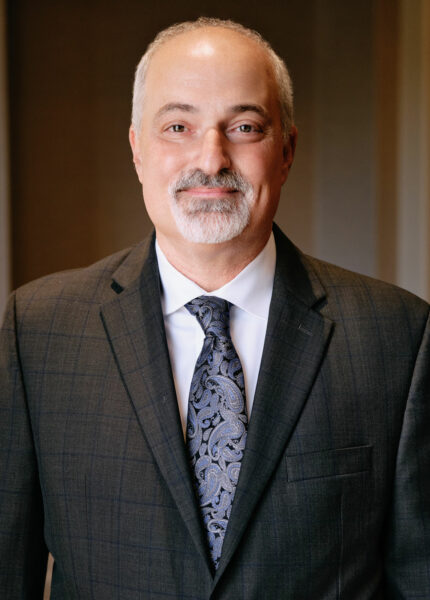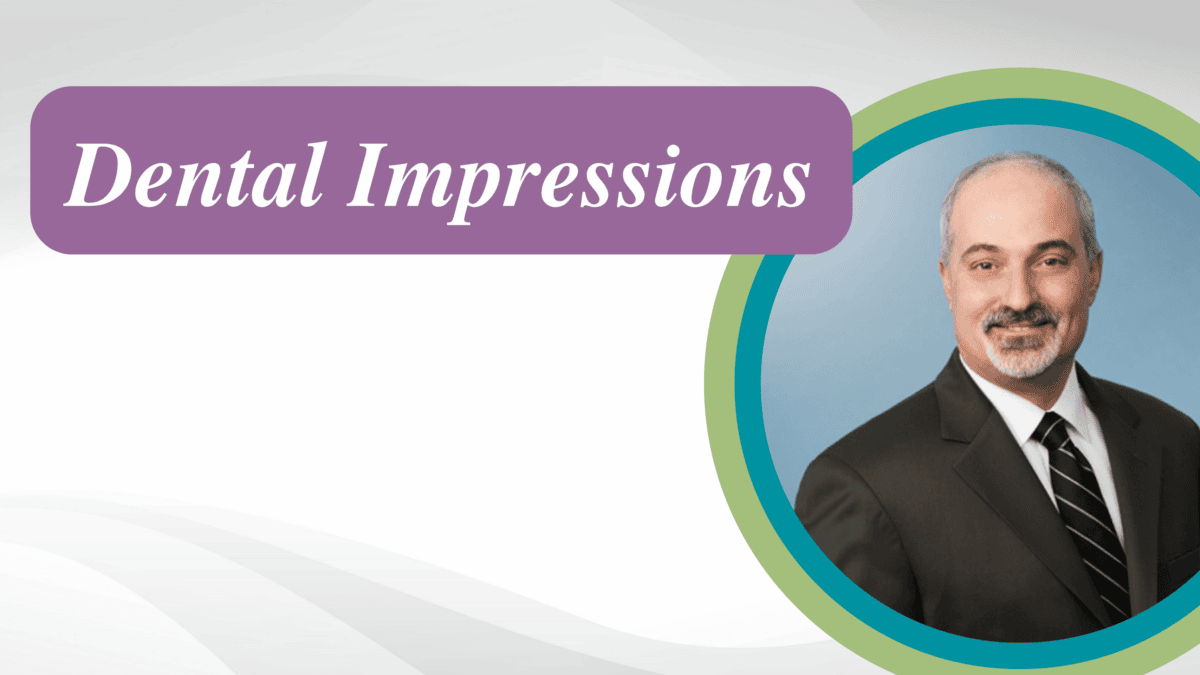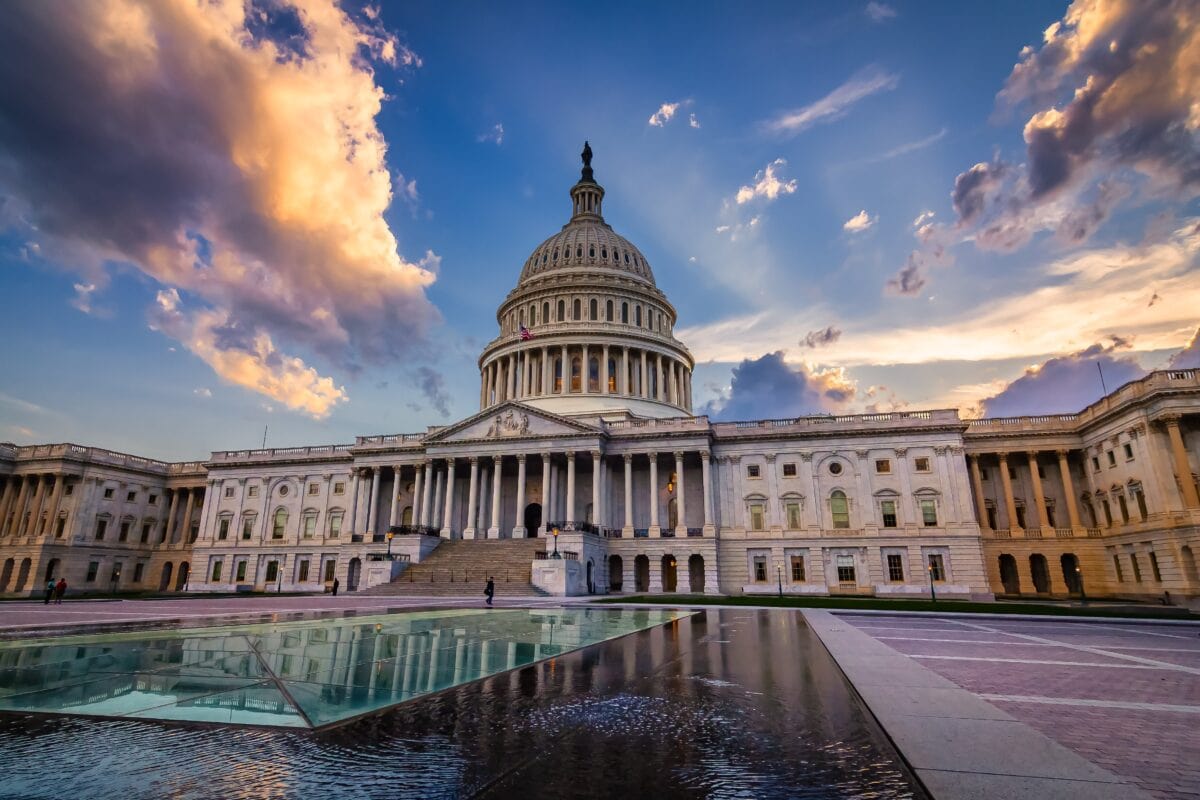News
 New Data Sheds Light on Dental Benefits and the Cost of Serving Enrollees
New Data Sheds Light on Dental Benefits and the Cost of Serving Enrollees
The cost and coverage of medical insurance often leads the news these days. The ballooning cost of weight-loss drugs and political debates over Affordable Care Act subsides, for example, are discussed as reasons that medical plan premiums will rise in 2026. Fortunately, dental premiums have remained steady—rising an average of 1% per year over the last few years.
But the prominence of insurance coverage and affordability in today’s news makes this an ideal time to consider how dental insurance is doing. Fortunately, data has been compiled for NADP’s 2025 Dental Benefits Report: Plan Design, featuring dental plan data from 2024.
Report Highlights
Here are some highlights from the Plan Design Report:
- Annual maximums continue to grow. For example, 73% of consumers enrolled in dental PPOs (the dominant product type) have an annual maximum of $1,500 or more. This is up from 67% in the prior year.
- Dental HMOs, for the minority of consumers enrolled in them, generally do not have annual maximums. In 2023, 78% of DHMO enrollees had no annual maximum; that number grew to 88% in 2024.
- To further increase the protections available to consumers, 42% of PPO enrollees receive an annual maximum benefit rollover, whereby some of amount of unused benefit dollars at the end of Year 1 are rolled over to increase coverage in Year 2.
- Deductibles remain low. Only 3% of PPO enrollees are in plans with a deductible of $100 or greater. The most common deductibles are: Less than $25 for Large Group Dental Indemnity plan enrollees (79%) and $50-$99 for Large Group DPPO plan enrollees (58%).
- Teledentistry services continue to be widely available. For example, 95.1% of DPPO enrollees in the large group market had access to teledenistry in 2024,
Annual Maximums and Enrollee Costs
The Plan Design report includes a concerning finding. The percentage of DPPO group plan enrollees reaching their annual benefit maximum rose from 1.7% to 2.9%. While 2.9% is still a very low number, it is the highest percentage in six years. This finding sent me to the unique data and insights provided by Fluent, with its broad set of claims data.
New data from Fluent explains why more dental plan enrollees are reaching their annual maximum. In short, plan enrollees are receiving more services and dentists are being paid more for the services they are delivering. This increases enrollee cost sharing. More money being paid by plans for services drives more enrollees toward their annual maximum.
Here’s what Fluent’s data shows:
- For enrollees in commercially insured dental plans, the average treatments per patient is increasing. In 2022, enrollees used 3.17 services per year, 3.23 in 2023, 3.28 in 2024. Fluent forecasts 3.35 services per year for 2025.
- For those same enrollees, the estimated total undiscounted fees per treatment rose from $176 in 2022 to $182 in 2023 to $188 in 2024 to a forecasted $194 in 2025.
In short, only a small percentage of plan members reach their annual maximum, but the number is growing. This is because enrollees are using more services and dentists are being paid more per service. Even as annual maximums are generally on the rise, they may not be keeping pace with the increased services patients are using and the higher reimbursement dentists are receiving.
NADP and its member dental plans aim to provide access to affordable, quality dental care including consumer protections in the dental insurance plans provide. NADP will continue making the case for consumer protections in the dental insurance products that brokers and employers select for their employees.
Download NADP’s 2025 Dental Benefits Report: Plan Design
Download the Fluent DentalMarketWatch Q3 2025 National Overview




